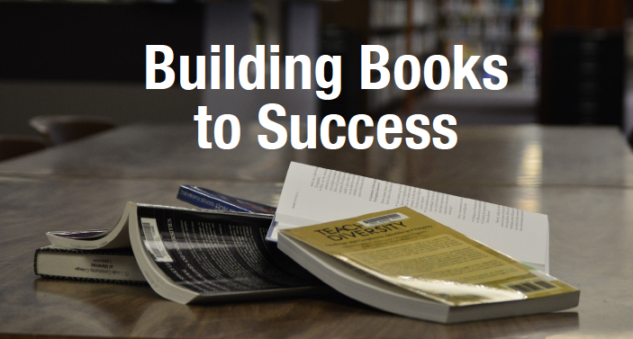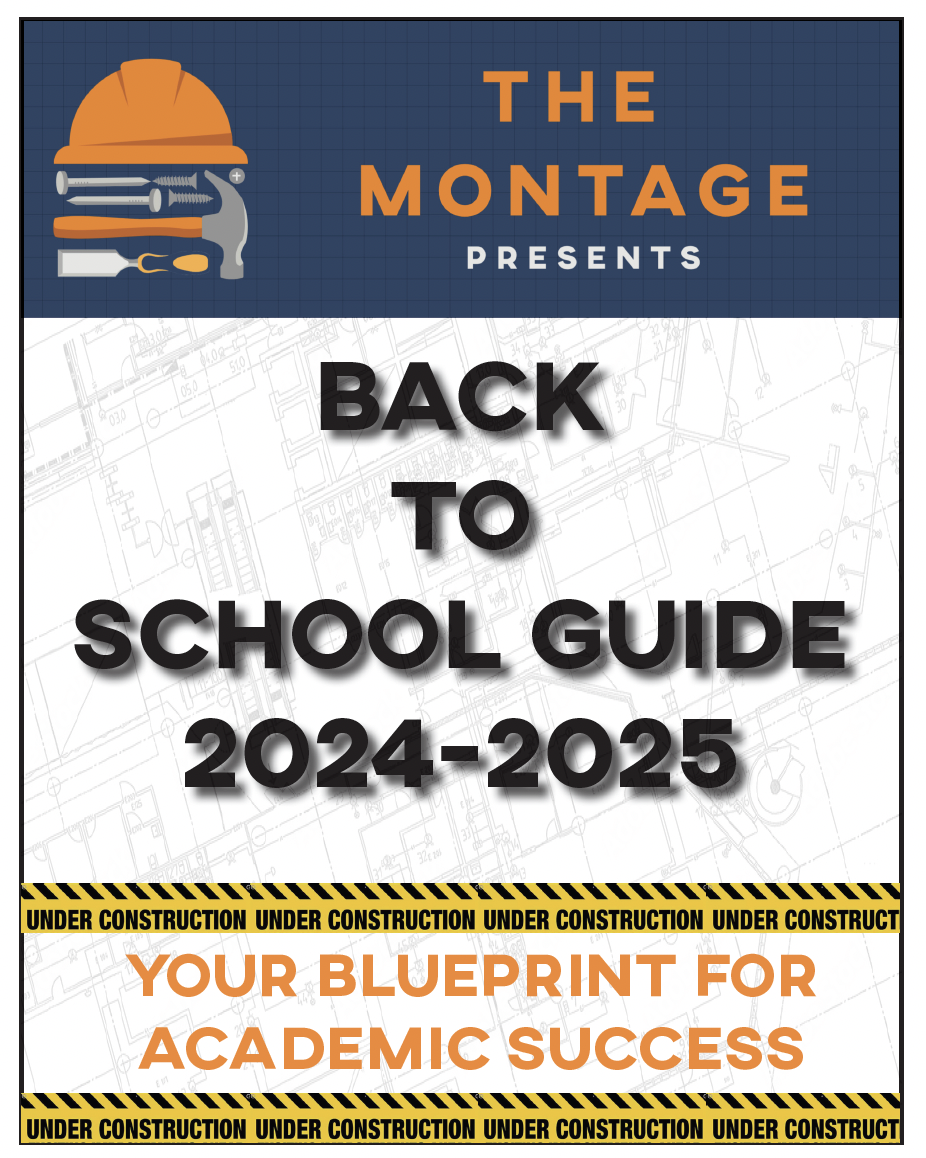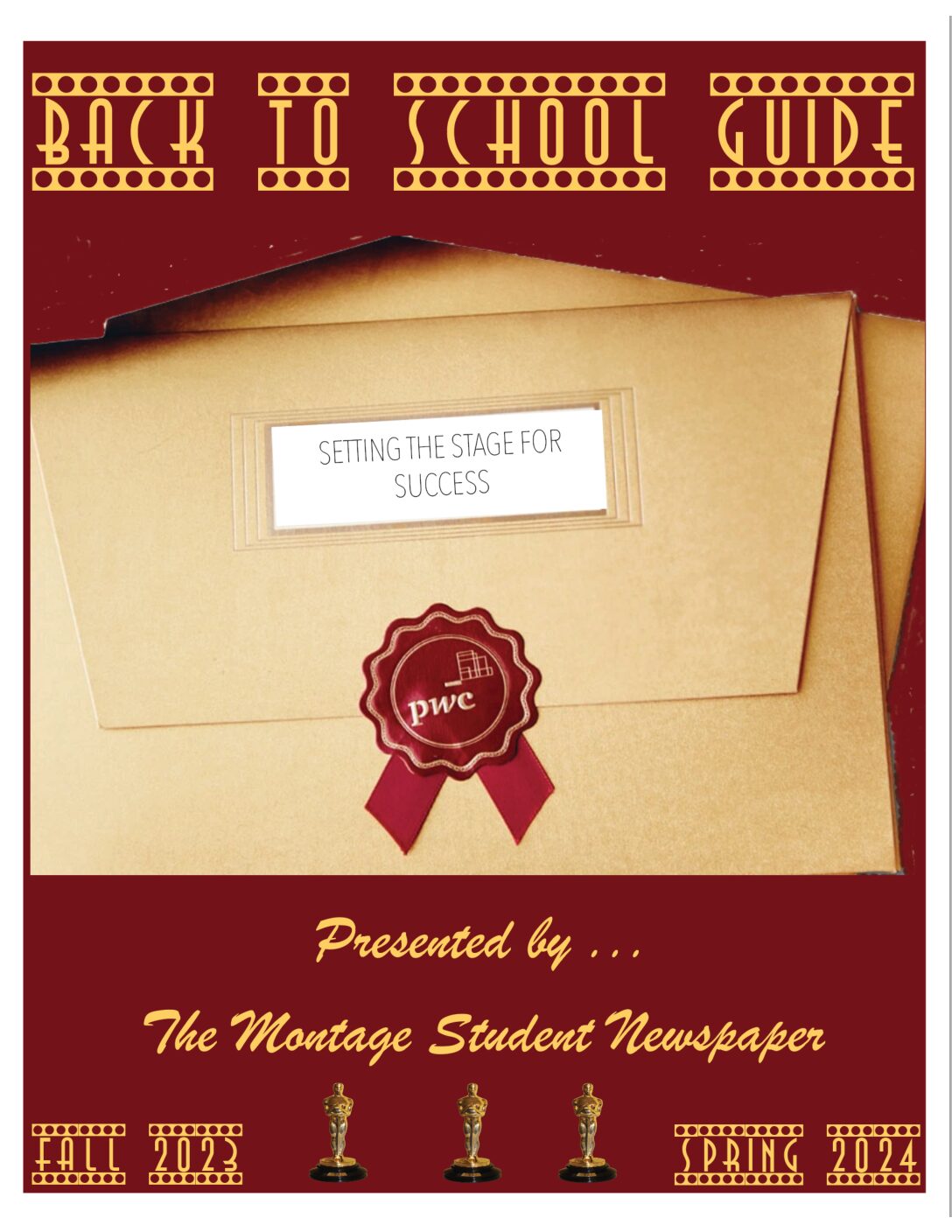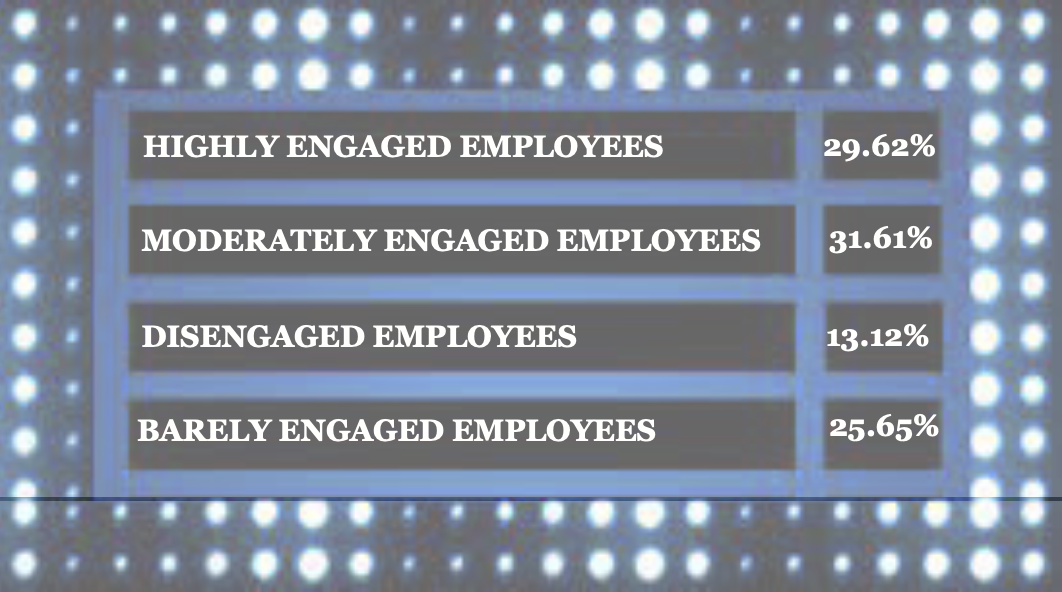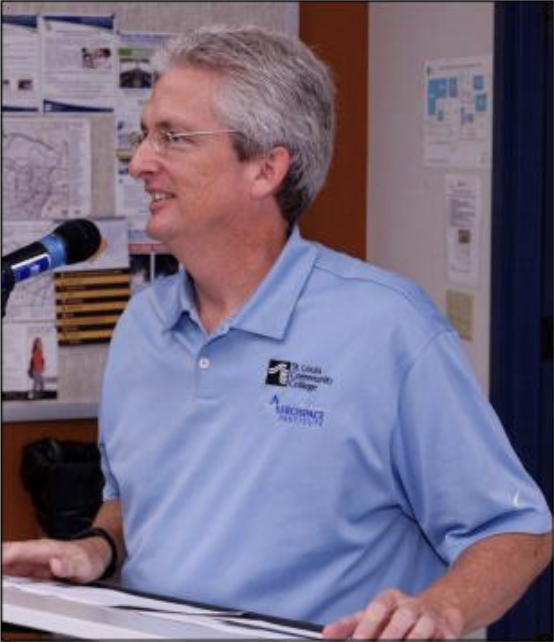Meramec’s Library – A Must-Have Resource for Students
 By: CORY MONTERO
By: CORY MONTERO
Managing Editor
The STLCC-Meramec library provides students with academic resources and services. Equipped with two levels including study rooms, PCs and an access lab for students with disabilities, students will find many hidden tools that can enhance their academic careers.
As well as an extensive fiction and nonfiction collection the Meramec library offers mainstream, reference and periodical selections. Students can even find many of their textbooks in the library.
“A big thing that we have are reserve books up front. I think a lot of students don’t know that when you are enrolled in classes, it’s very common that your textbook is on reserve in the library,” said Patrick Mallory, manager of Meramec’s library.
The learning lab takes learning to a new level with DVDs, CDs, anatomical models and audiovisual materials. Students can also access computers and iPads while lounging on one of the many couches on the first or second floor.
According to Mallory, the library offers 20 laptops for check out, 60 PCs throughout the building for in-house use and a few iPads. Students must present a valid student ID to access materials and equipment in the library.
“We have Wi-Fi throughout the building, we have printing and photocopying here in the building if you need that, and a lot of places to sit down and study,” Mallory said.
A few of the study rooms are also equipped with flat screen televisions to hook up a laptop or iPad, ideal for student group work.
Students with disabilities also have opportunities to access library materials.
“The Access Lab has accessible computers that have special software on them for students with various disabilities,” Scott Armstead of Library Services said. “We have a whole host of software that is designed to meet the needs of specific disabilities.”
JAWS, a text to speech program, allows anyone who is visually impaired to hear the words that are displayed on the screen. Another program that is accessible for students with specific reading or learning disabilities is Read and Write Gold. This program helps students organize their thoughts and words. It offers a built in dictionary for anyone having difficulty with vocabulary.
“Reading the words is equally as hard as knowing the definition of the word so the built-in dictionaries are very adapted, helping students overcome or understand the words better,” Armstead said.
Another service the library offers is a High Speed Scanner, which can be used for those who have trouble viewing small text. Armstead also explains how he uses Alternate Text Conversion along with the High Speed Scanner. He said that he can take the scanned text from a textbook and make it accessible for the person with the disability.
“Someone who has difficulty reading in general can actually hear their textbook; an added benefit is that a scanned version of the book weighs as much as a flash aid,” Armstead said.
It takes 20 to 25 hours for Armstead to convert one textbook.
Closed caption television that can magnify a book onto a monitor is another service available for visually impaired students.
If there is an academic resource students need, it is likely the library will find a way to provide it, Mallory said. “All you need is your ID card to access these materials.”
James Claiborne contributed to this piece.








